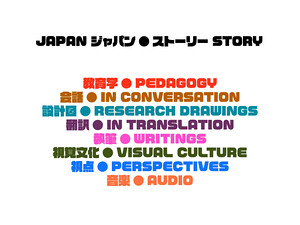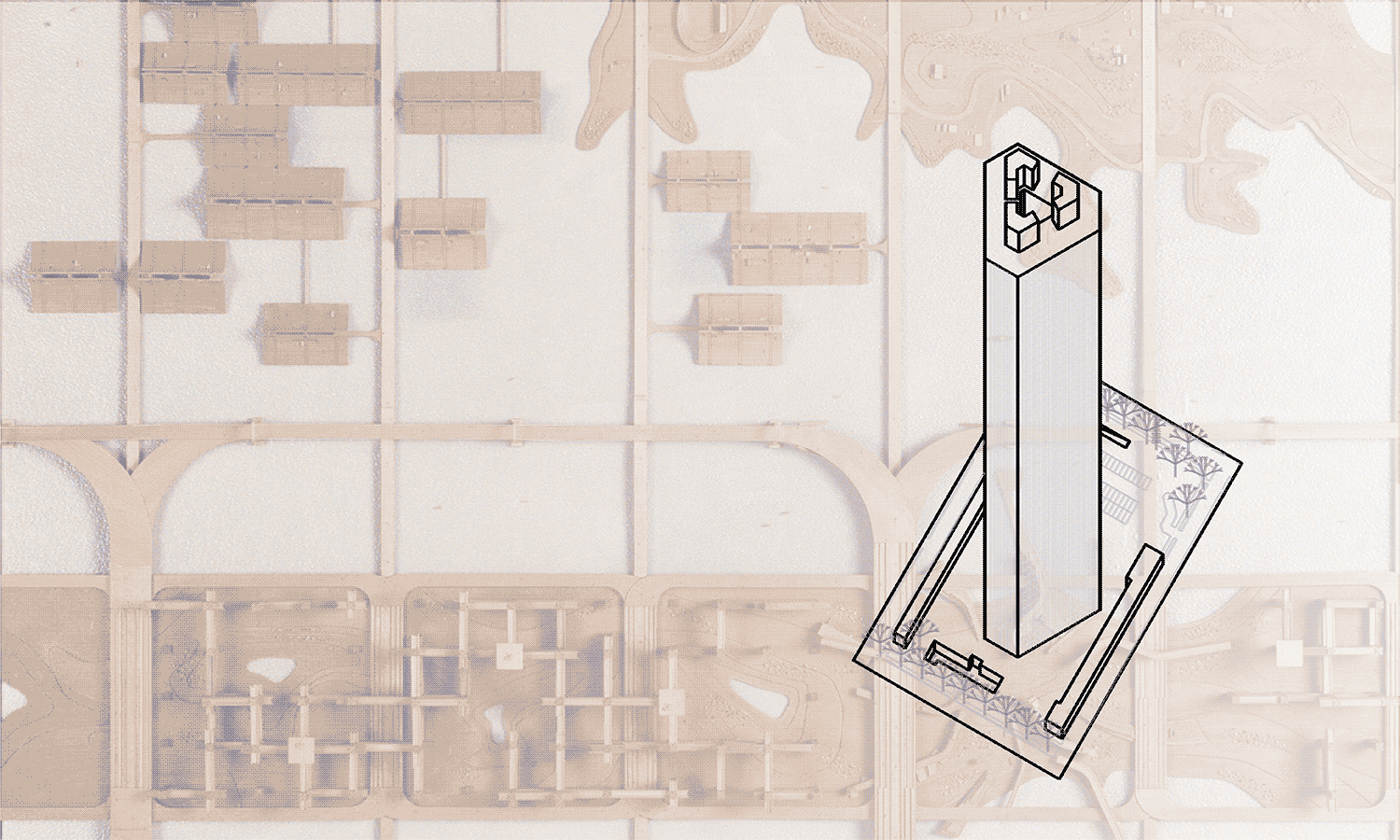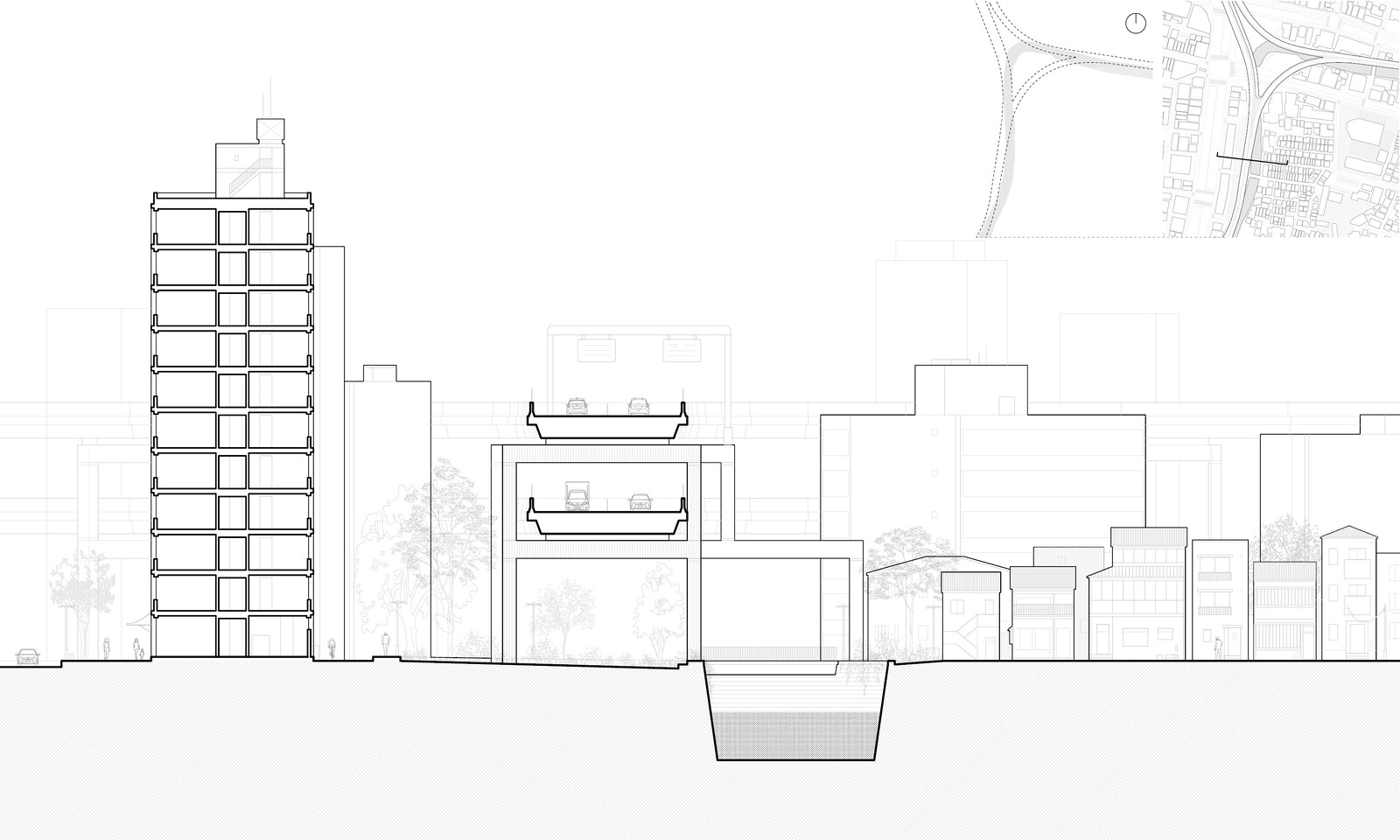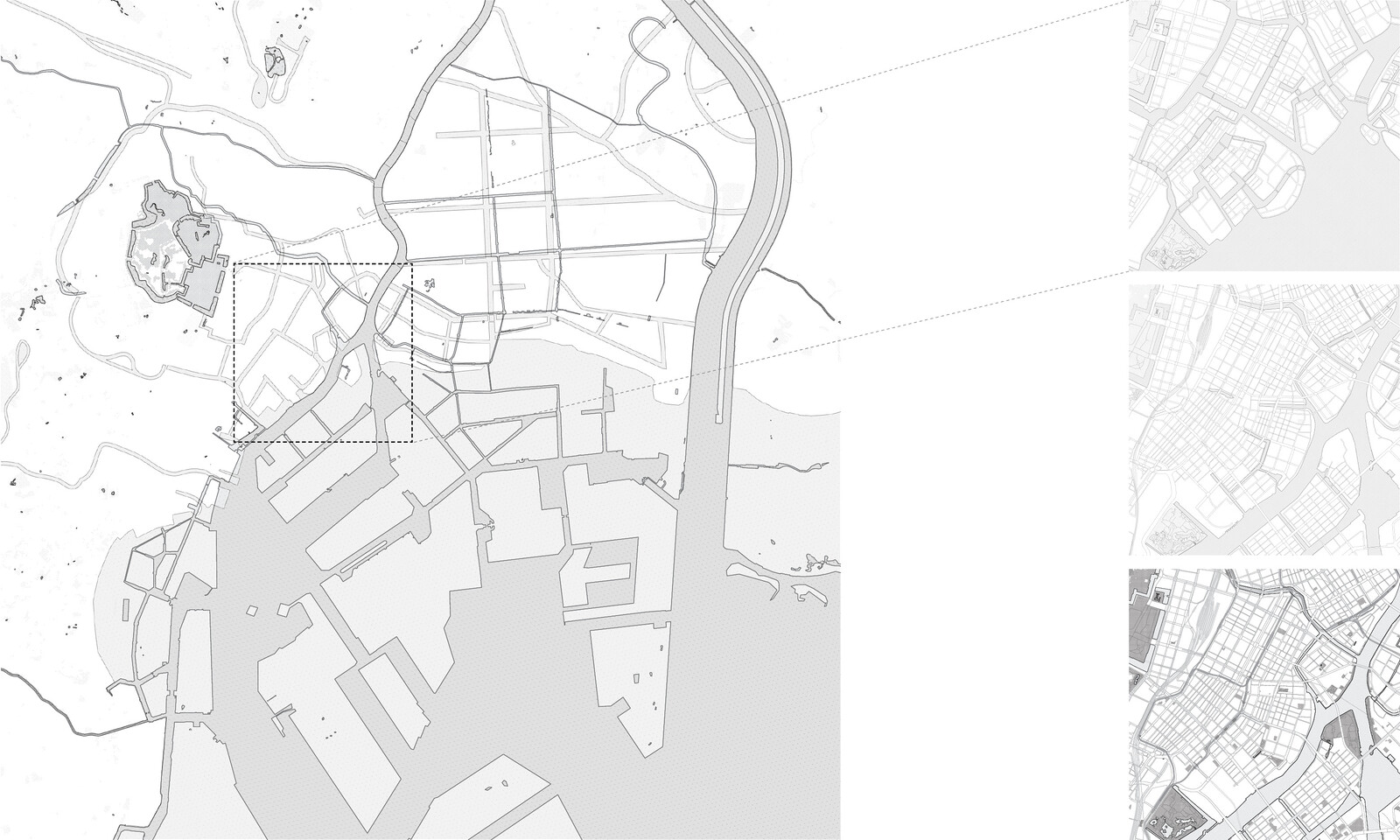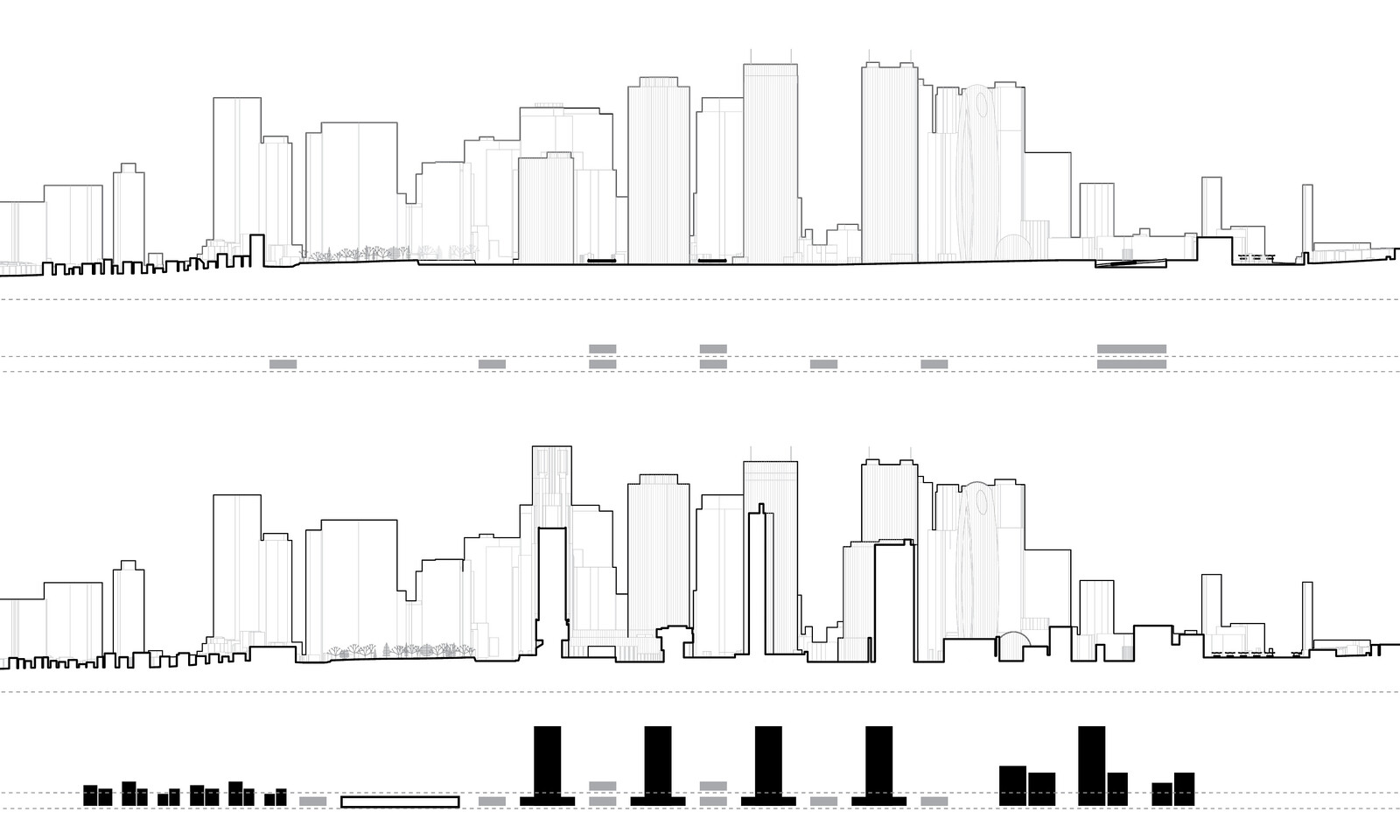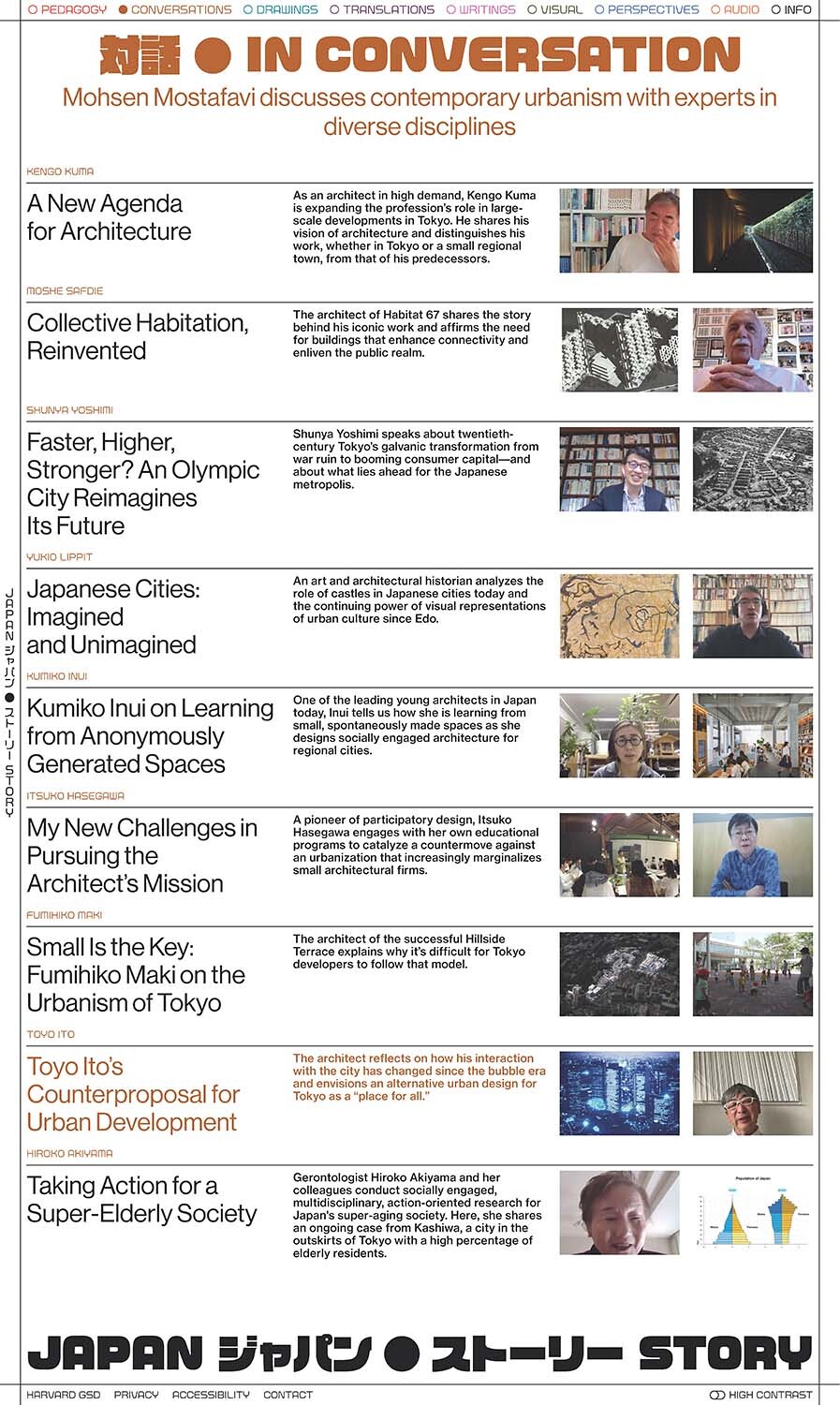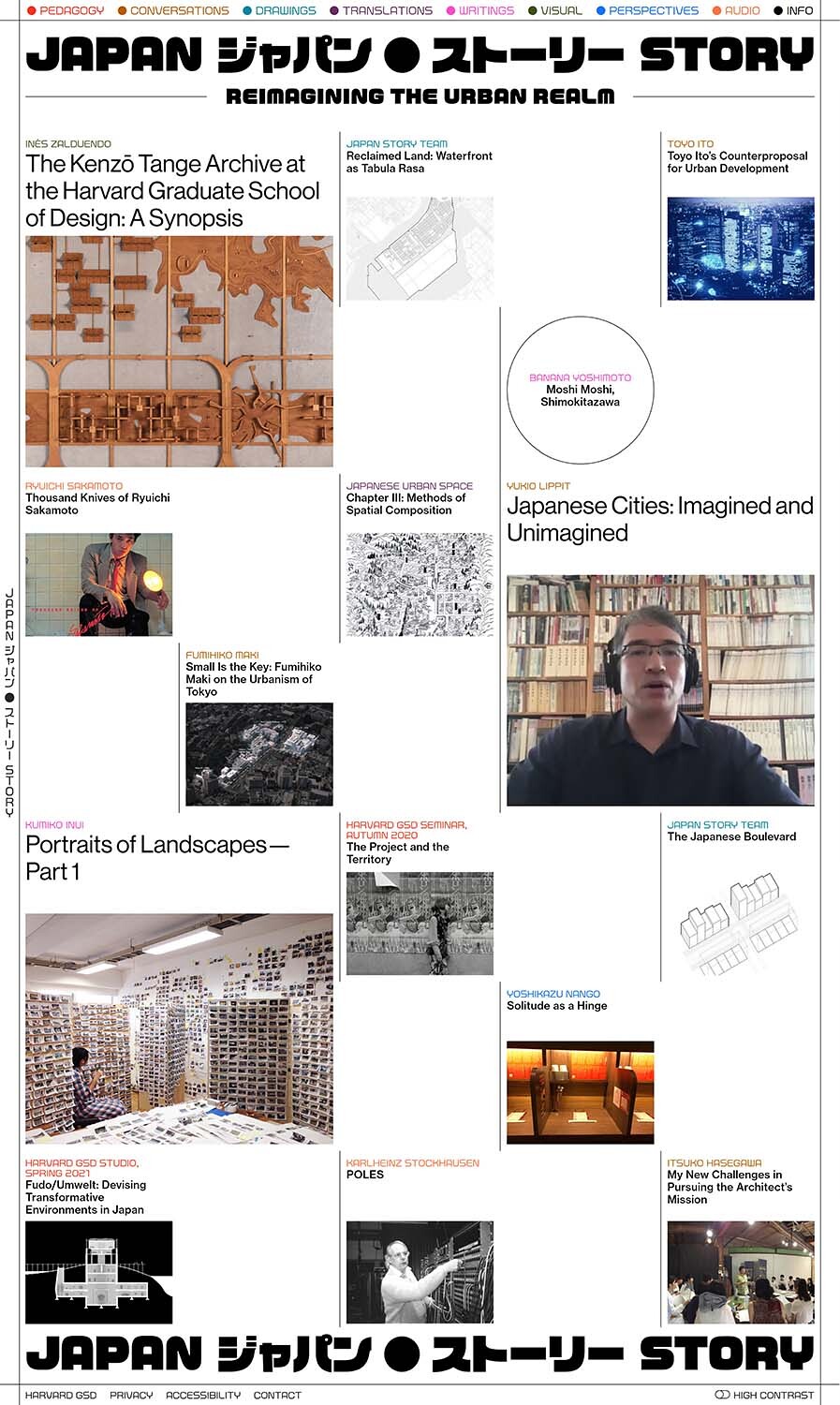Japan Story is a new website showcasing transdisciplinary thinking and discussions of urbanism and urbanization.
Diverse and broad in its intellectual and creative outlook, the site is a platform for the exchange of ideas that integrate the history, current practices, and future possibilities of Japan’s social, physical, and cultural environments. Rather than serving as a window to Japan, the site brings insights and inspirations from Japan’s post-growth condition into a broader conversation about emerging issues in global urbanization.
Japan Story is part of the Japan Urban Research Project led by Mohsen Mostafavi at the Harvard University Graduate School of Design (GSD). The website features diverse types of content related to this research, including interviews, essays, photography, music, design proposals, and drawings and observations about Japanese cities.
Research conducted in the related seminars and studios at the Harvard GSD are included in the PEDAGOGY category. The outcomes propose a range of potentials for architecture and urbanization based on a critical and reflexive approach toward current and past practices and histories. While we plan to expand the intellectual and geographic scope of the site in the future, our research thus far has been mainly focused on unraveling and describing the urban morphology of Tokyo.
In the category of RESEARCH DRAWINGS, visitors may explore the physical evolution of specific districts and contemporary urban conditions through systematically executed analytical drawings. These drawings both ask and answer a series of questions that may resonate with urbanization outside Japan as well: How did the city’s major mixed-use developments come about? What role did disaster play in transforming and rebuilding the city? How have events like the Olympics affected urban development? In addition, these drawings explore globally imminent questions, such as how the shrinking and aging population will affect future patterns of urbanization and how public space could be reintroduced to an increasingly market-driven society.
We are interested in delving into the diversity of architects, historians, sociologists, and thinkers that enrich the complexity of the Japanese intellectual environment. A variety of people from different fields have shared their voices, viewpoints, and ideas in the form of interviews, found under IN CONVERSATION, or in essays, under PERSPECTIVES. Contributors include Itsuko Hasegawa, Toyo Ito, Kengo Kuma, Moshe Safdie, Kumiko Inui, and others.
But the life of cities is shaped by everyone, not just design experts. The relationship between people and their environment is often best described through literary and visual modes of representation. The site features the work of novelists and photographers adept in the precise description of the minutiae and nuances of urban life under WRITINGS and VISUAL CULTURE. The sensibilities of Japanese and international musicians are captured in AUDIO.
As part of the research, we have also made it possible to read some essential thought on Japanese urban space or architecture, presented here in English for the first time, under IN TRANSLATION.
Design speculations on the future of urbanization are contingent on our deep understanding and articulation of relations between the social and the physical worlds; this is the task of Japan Story.
Setting no disciplinary or language borders, Japan Story features the work of some of the most compelling emerging voices from diverse fields. The initial contributors include: Banana Yoshimoto (novelist), Naoya Hatakeyama (photographer), Hiroko Akiyama (gerontologist), Yoshinori Hiroi (interdisciplinary scientist), Yukio Lippit (art and architectural historian), Shunya Yoshimi, Yoshikazu Nango (sociologists), Inés Zalduendo (archivist), Itsuko Hasegawa, Kumiko Inui, Toyo Ito, Kengo Kuma, Fumihiko Maki, Moshe Safdie (architects), and others. The musical pieces featured in AUDIO were created by King Gnu, Haruomi Hosono, Sheena Ringo, Ryuichi Sakamoto, Sakanaction, and others.
Japan Story Project Team:
Mohsen Mostafavi, Kayoko Ota, Marcus Ferolito, Don O’Keefe
Research assistants:
Qin Ye Chen, Wentao Guo, Yang Lv, Ayami Akagawa, Vladimir Gintoff
Text editing:
Ophelia John, Elizabeth Kugler
Website identity and design:
Folder Studio (Takumi Akin, Wesley Chou, Jon Gacnik)
This research initiative is made possible by the generous support of Takenaka Corporation.
